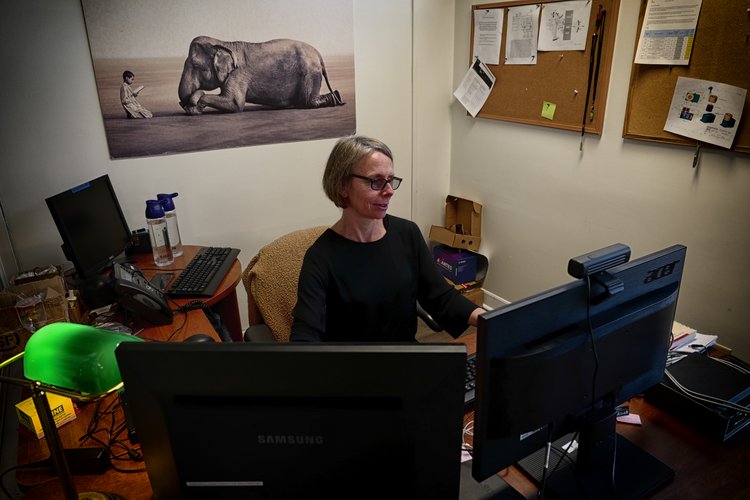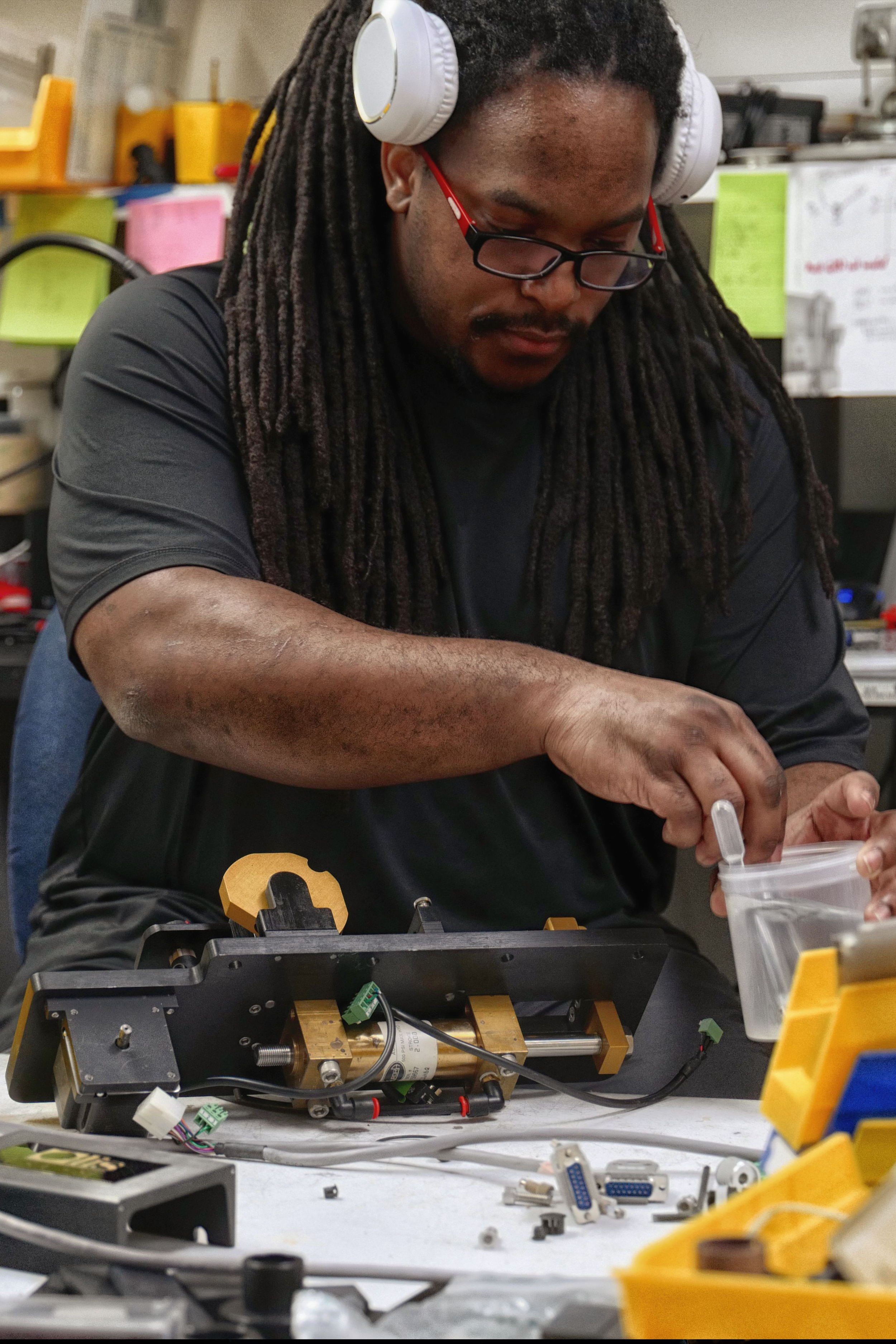Our Spectrophotometers PDFs
Our Spectrophotometers PDFs
Blog Article
Little Known Facts About Circularly Polarized Luminescence.
Table of ContentsSpectrophotometers Things To Know Before You BuyA Biased View of Uv/vis/nirSome Of Uv/visCircular Dichroism for DummiesThe 6-Second Trick For Uv/vis

Spectrophotometry is most frequently used to ultraviolet, visible, and infrared radiation, modern spectrophotometers can interrogate broad swaths of the electro-magnetic spectrum, consisting of x-ray, ultraviolet, noticeable, infrared, and/or microwave wavelengths. Spectrophotometry is a tool that hinges on the quantitative analysis of molecules depending upon how much light is soaked up by colored compounds.
All about Circularly Polarized Luminescence
A spectrophotometer is frequently utilized for the measurement of transmittance or reflectance of options, transparent or opaque solids, such as refined glass, or gases. Lots of biochemicals are colored, as in, they absorb noticeable light and for that reason can be determined by colorimetric procedures, even colorless biochemicals can often be transformed to colored compounds suitable for chromogenic color-forming reactions to yield substances ideal for colorimetric analysis.: 65 Nevertheless, they can also be designed to determine the diffusivity on any of the noted light varieties that normally cover around 2002500 nm using different controls and calibrations.
An example of an experiment in which spectrophotometry is utilized is the determination of the equilibrium constant of a solution. A specific chemical reaction within a solution may occur in a forward and reverse direction, where reactants form products and products break down into reactants. At some point, this chemical reaction will reach a point of balance called a balance point.
Things about Uv/vis/nir
The quantity of light that passes through the service is indicative of the concentration of specific chemicals that do not permit light to go through. The absorption of light is due to the interaction of light with the electronic and vibrational modes of molecules. Each type of particle has a specific set of energy levels associated with the makeup of its chemical bonds and nuclei and thus will soak up light of particular wavelengths, or energies, resulting in distinct spectral properties.
Using spectrophotometers covers numerous scientific fields, such as physics, products science, chemistry, biochemistry. circular dichroism, chemical engineering, and molecular biology. They are widely used in numerous industries consisting of semiconductors, laser and optical production, printing and forensic evaluation, as well as in laboratories for the study of chemical compounds. Spectrophotometry is frequently utilized in measurements of enzyme activities, determinations of protein concentrations, decisions of enzymatic kinetic constants, and measurements of ligand binding reactions.: 65 Eventually, a spectrophotometer has the ability to determine, depending upon the control or calibration, what compounds exist in a target and precisely just how much through estimations of observed wavelengths.
Developed by Arnold O. Beckman in 1940 [], the spectrophotometer was created with the help of his colleagues at his business National Technical Laboratories my latest blog post established in 1935 which would become Beckman Instrument Business and eventually Beckman Coulter. This would come as an option to the previously produced spectrophotometers which were unable to take in the ultraviolet properly.
Some Known Incorrect Statements About Uv/vis/nir
It would be found that this did not give satisfying outcomes, for that reason in Design B, there was a shift from a glass to a quartz prism which allowed for better absorbance results - circular dichroism (https://calendly.com/olisclarity1/30min). From there, Model C was born with an adjustment to the wavelength resolution which wound up having three systems of it produced
It irradiates the sample with polychromatic light which the sample takes in depending upon its homes. It is transmitted back by grating the photodiode range which identifies the wavelength area of the spectrum. Ever since, the development and execution of spectrophotometry devices has increased profoundly and has actually turned into one of the most ingenious instruments of our time.

6 Simple Techniques For Uv/vis/nir
Historically, spectrophotometers use a monochromator containing a diffraction grating to produce the analytical spectrum. The grating can either be movable or repaired. If a single detector, such as a photomultiplier tube or photodiode is used, the grating can be scanned step-by-step (scanning spectrophotometer) so that the detector can determine the light strength at each wavelength (which will correspond to each "action").
In such systems, the grating is repaired and the strength of each wavelength of light is determined by a various detector in the selection. Additionally, most contemporary mid-infrared spectrophotometers utilize a Fourier transform strategy to get the spectral info - https://calendly.com/olisclarity1/30min. This strategy is called Fourier transform infrared spectroscopy. When making transmission measurements, the spectrophotometer quantitatively compares the portion of light that travels through a referral solution and a test solution, then digitally compares the strengths of the 2 signals and computes the percentage of transmission of the sample compared to the reference standard.

Report this page